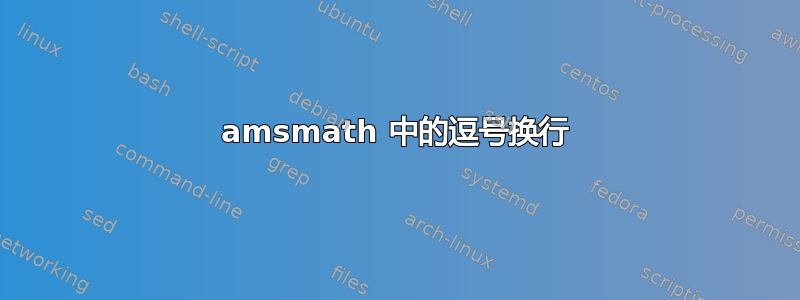
答案1
永远不要忽略错误信息。
\documentclass{article}
\usepackage{amsmath}
\begin{document}
\begin{equation}
B_i_$, $ _j = \begin{cases}
1$, $& \text{if } P_i_$,$_j\geq 1\\
0$, $& \text{otherwise.}
\end{cases}
\end{equation}
\end{document}
生产
! Double subscript.
l.8 B_i_
$, $ _j = \begin{cases}
?
因为你不能_在同一个基础上拥有两个。
\documentclass{article}
\usepackage{amsmath}
\begin{document}
\begin{equation}
B_i$, $ _j = \begin{cases}
1$, $& \text{if } P_i$,$_j\geq 1\\
0$, $& \text{otherwise.}
\end{cases}
\end{equation}
\end{document}
生产
! Display math should end with $$.
<to be read again>
,
l.8 B_i$,
$ _j = \begin{cases}
?
因此显示结束于$(您的“奇怪的分裂”)
\documentclass{article}
\usepackage{amsmath}
\begin{document}
\begin{equation}
B_i, _j = \begin{cases}
1, & \text{if } P_i,_j\geq 1\\
0, & \text{otherwise.}
\end{cases}
\end{equation}
\end{document}
生产
这是没有错误但是不正确的,您需要在下标中使用逗号表达式。
\documentclass{article}
\usepackage{amsmath}
\begin{document}
\begin{equation}
B_{i,j} = \begin{cases}
1, & \text{if } P_{i,j}\geq 1\\
0, & \text{otherwise.}
\end{cases}
\end{equation}
\end{document}
生产
在评论中你说你使用 Overleaf,上面的第一个代码块产生








